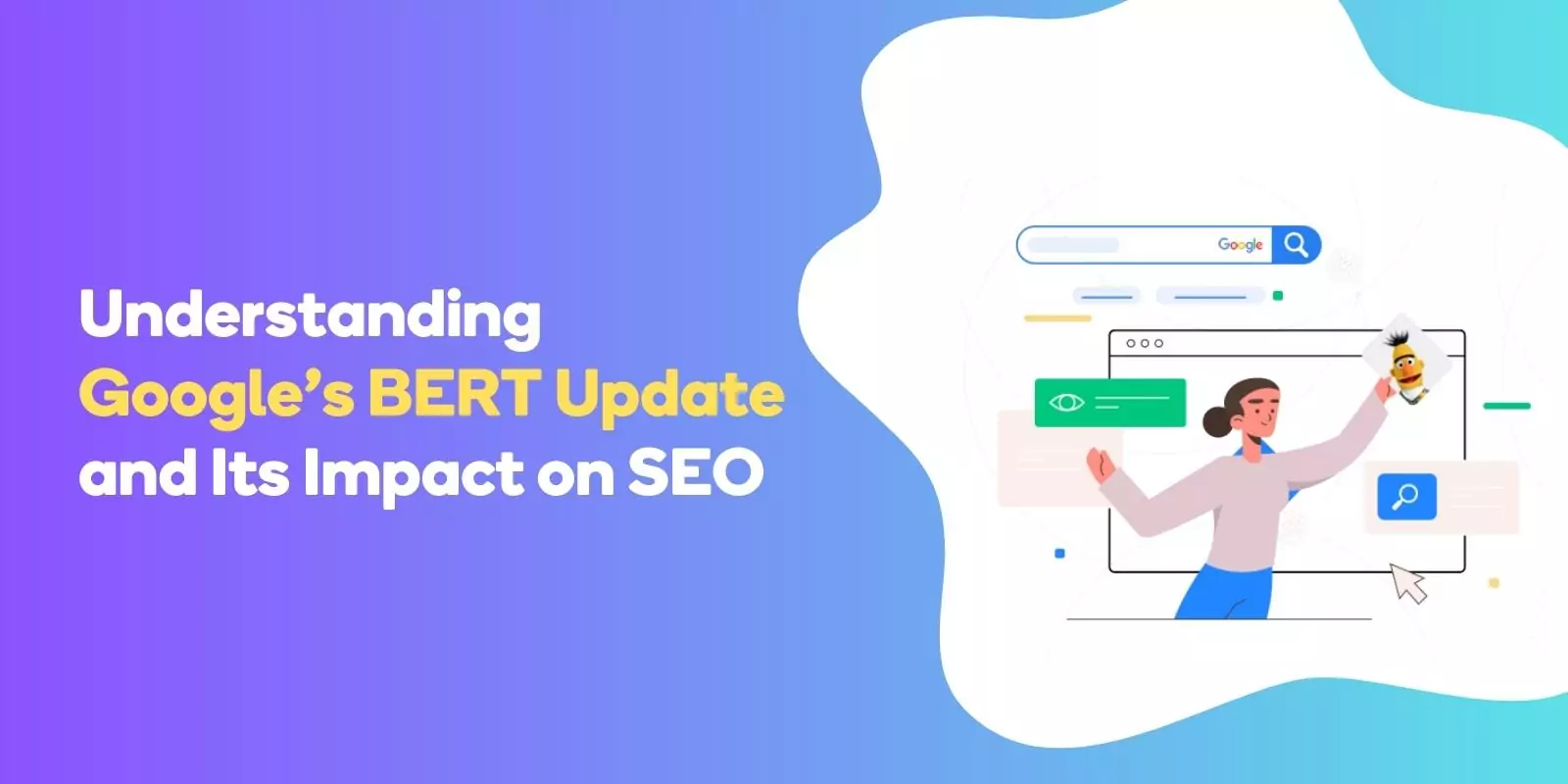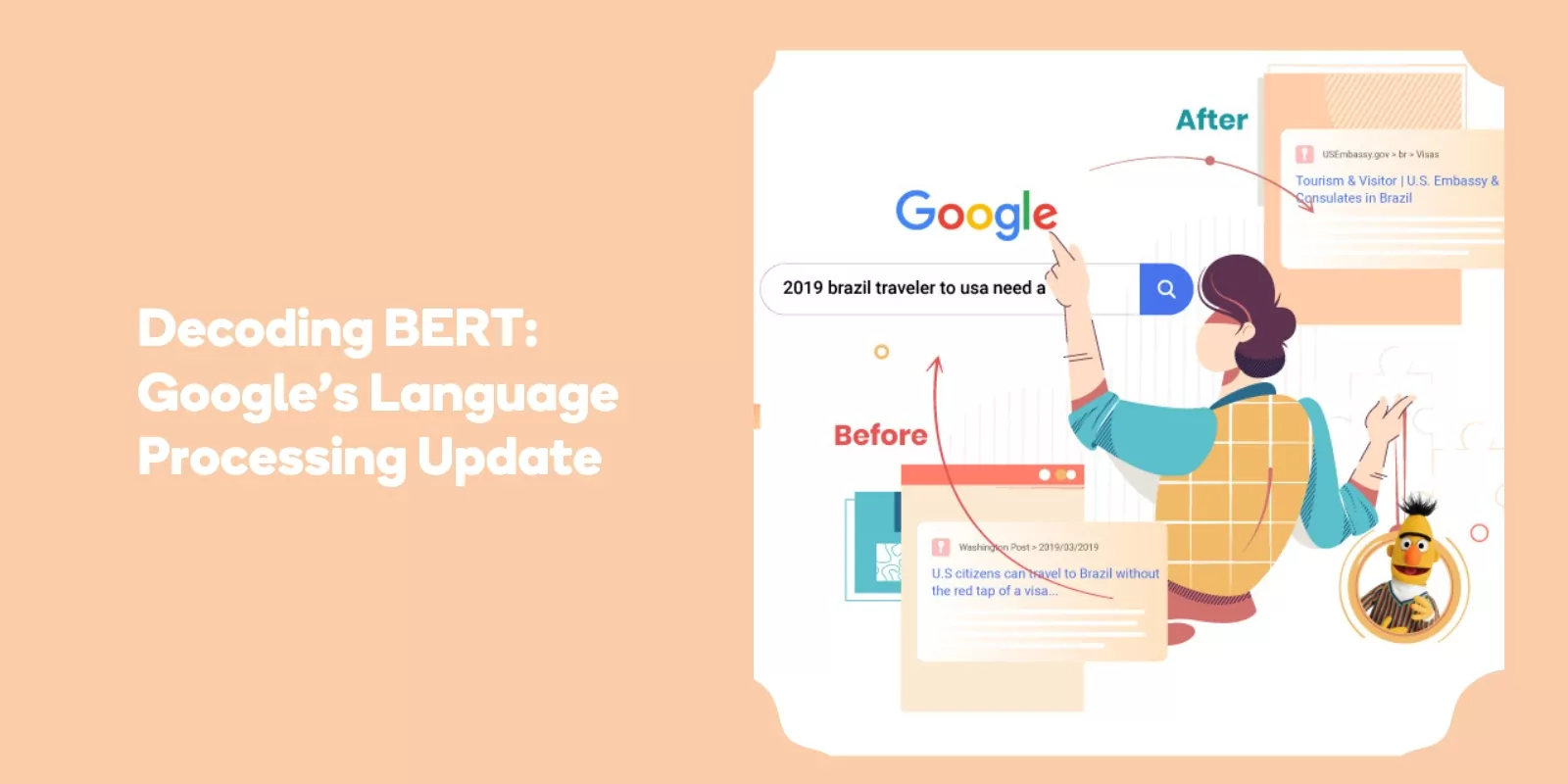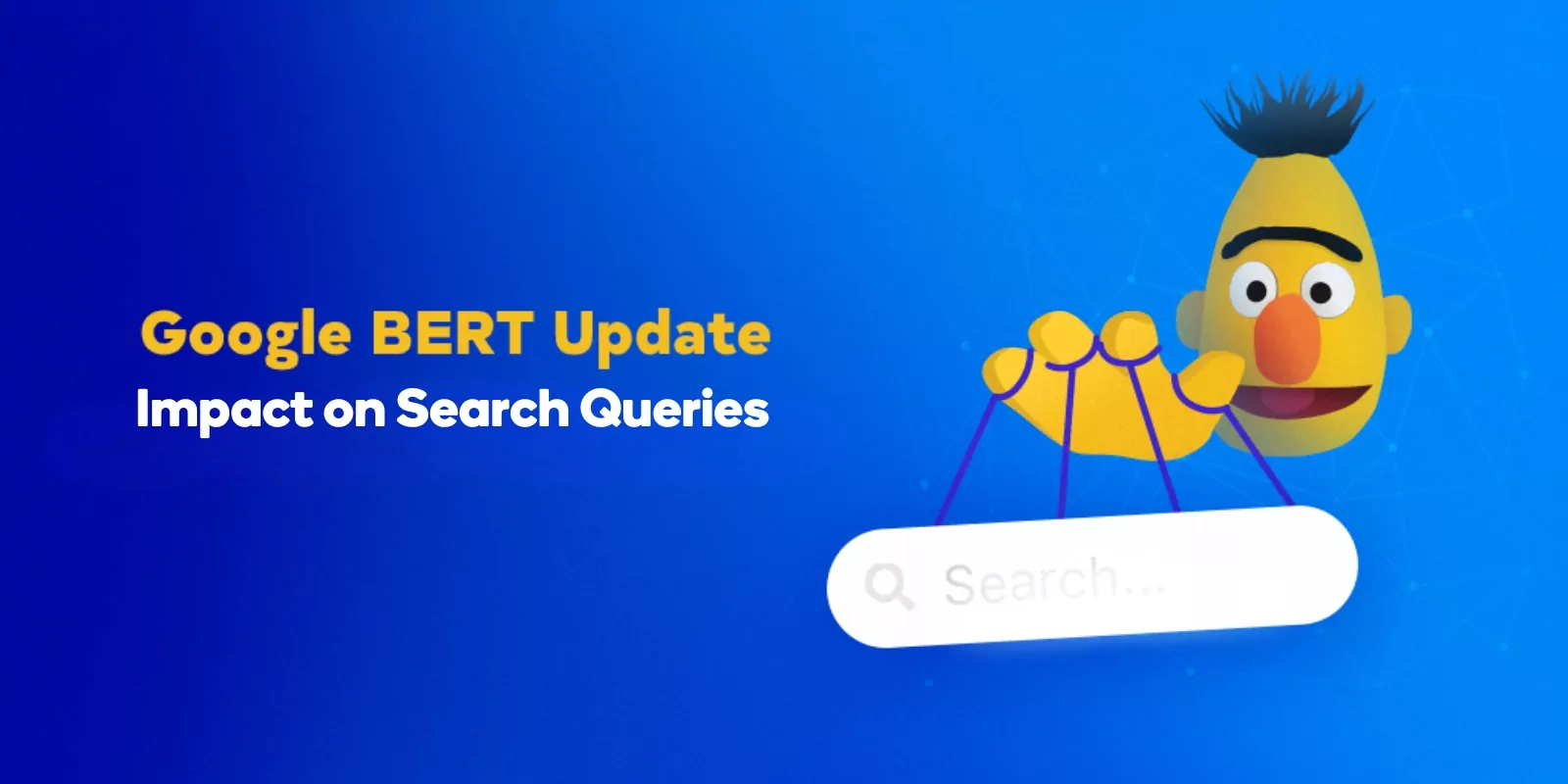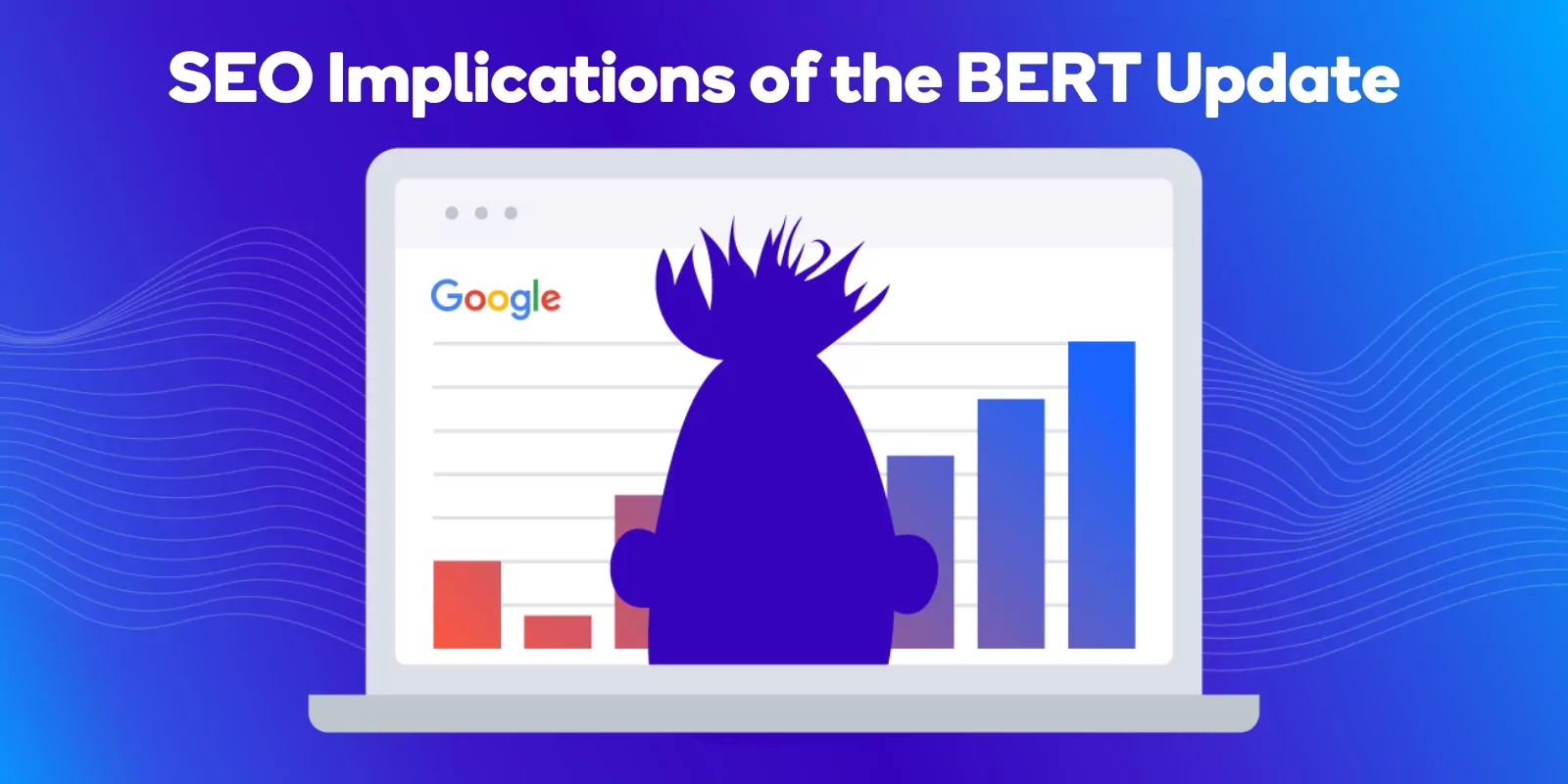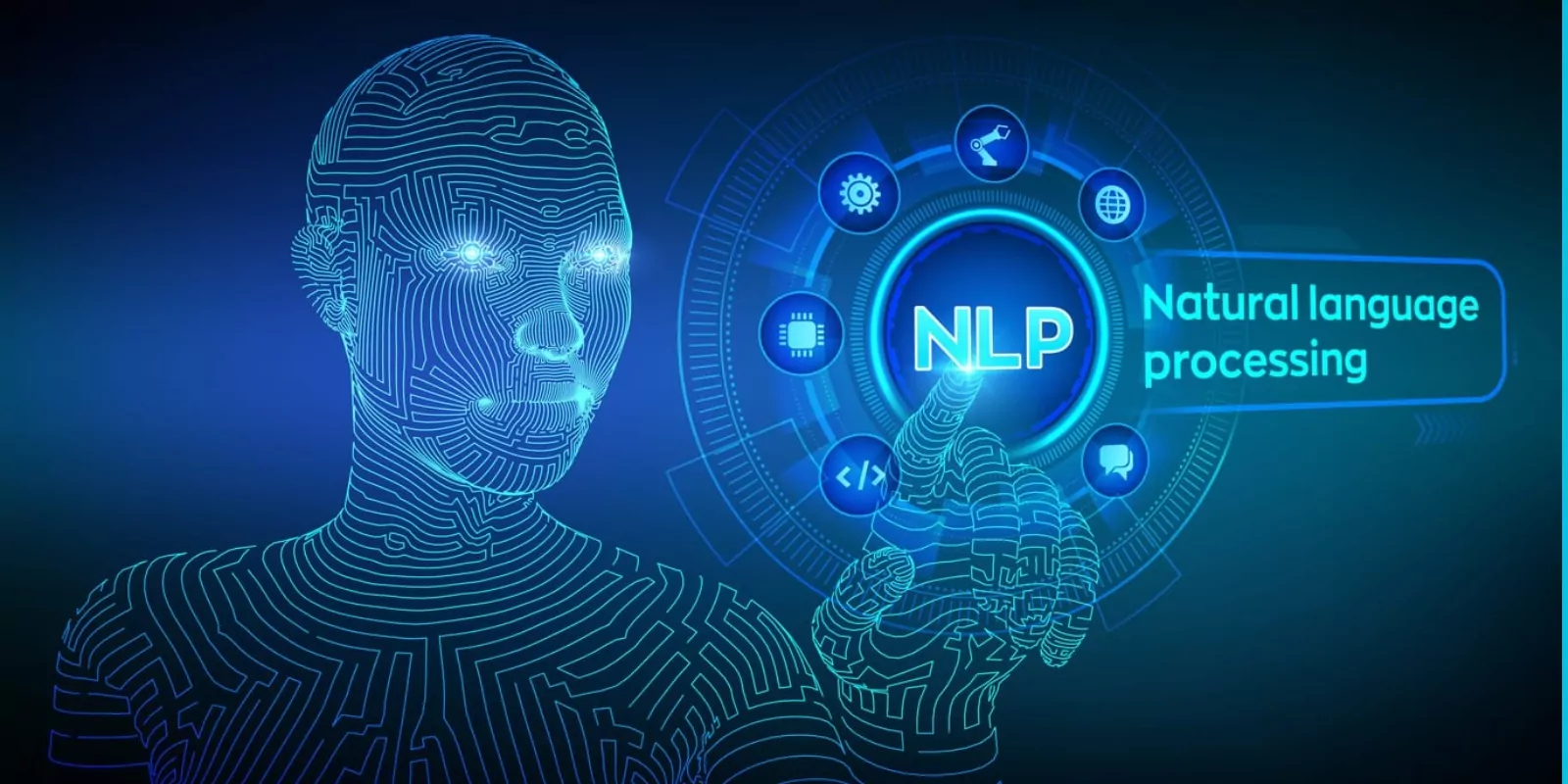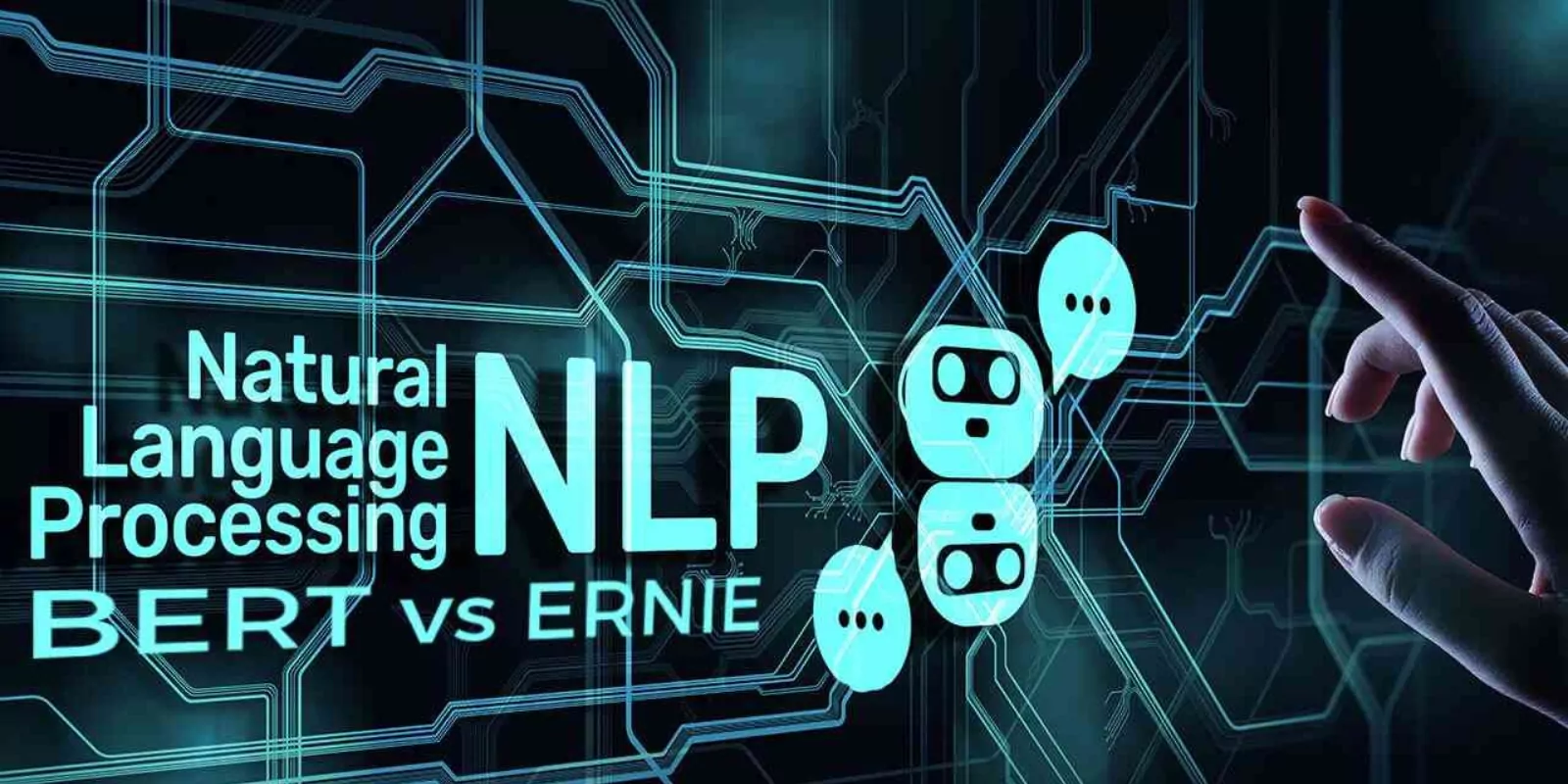In this blog post, we’ll dive into the world of google BERT update, its impact on SEO, and how it’s transforming the way search engines understand the human language. So buckle up and join us on this journey to discover the future of search!
Decoding BERT: Google’s Language Processing Update
Imagine a world where search engines can effortlessly understand your conversational queries and deliver relevant information tailored to your needs.
That’s the world Google envisions with its BERT update, a significant leap in natural language processing (NLP) capabilities.
Launched in October 2019, BERT has already begun to shape the way search algorithms comprehend the complex web of words we use daily.
The acronym BERT stands for Bidirectional Encoder Representations from Transformers, a mouthful that essentially means it’s designed to grasp the context and nuances of natural language searches.
By focusing on user intent and understanding the subtleties in our english language queries, BERT brings us closer to a seamless search experience that delivers the most relevant information right at our fingertips.
What is BERT?
At its core, BERT is an AI language model that uses a neural network-based technique for NLP pre-training. This groundbreaking approach enables search engines to better comprehend the context of words in searches, leading to more accurate and relevant results.
But what sets the BERT model apart from other NLP techniques? The key to BERT’s success lies in its bidirectional nature.
Unlike traditional NLP methods that process words in a linear, one-directional manner, BERT examines the full context of a word by looking at the words both before and after it.
This ability to process words in context makes it a powerful tool for understanding the intricacies of human language, setting the stage for a new era in search engine capabilities.
Why was BERT introduced?
Before BERT, search engines struggled with fully grasping the context and meaning of certain search queries, frequently resulting in less-than-ideal search results.
Recognizing this shortcoming, Google introduced BERT to enhance its search engine’s ability to comprehend the nuances and context of search queries, ultimately improving the accuracy and relevance of search results for users worldwide.
How BERT works
By employing a transformer-based architecture, BERT takes into account the full context of a word by looking at the words both before and after it in a query.
This bidirectional approach allows the algorithm to better understand the subtleties and relationships between words, enabling it to deliver more accurate search results based on the true intent behind a user’s query.
BERT is a powerful tool for natural language processing, and its use in search engine optimization is becoming increasingly popular. It can help improve the accuracy of search results, as well as the user experience, by providing more relevant results based on the user’s preferences.
BERT’s Impact on Search Queries
BERT’s revolutionary approach to understanding natural language has had a widespread impact on search queries, affecting up to 10% of all searches.
This transformation has led to a paradigm shift in how businesses think about keyword research and content creation, placing a greater emphasis on user intent and the context behind search terms.
One of the most significant improvements brought about by BERT is its ability to interpret the context and meaning of words used in conversational queries.
By better understanding the nuances in lengthy and conversational searches, the search algorithm itself has made it easier for users to find exactly what they’re looking for, ultimately enhancing the overall search experience.
Conversational Searches
In the past, search engines often struggled with understanding the context and intent behind long or conversational queries.
However, BERT’s advanced language comprehension capabilities have made significant strides in this area. For instance, when asked about obtaining a travel visa from Brazil to the US, BERT correctly interpreted the context of the query, providing the right answers to the user.
Another example of BERT’s impact on conversational searches can be seen with the query “math practice books for adults.” BERT recognizes that “adult” in this context is being interpreted differently, selecting a more accurate and relevant result for the user.
This improvement in search results for longer and more conversational queries has made it easier for users to find the information they need with minimal effort.
Prepositions and Context
Prepositions such as “for” and “to” play a vital role in shaping the meaning of a search query, and BERT’s ability to understand their context is a game-changer for search engines.
By looking at a word in relation to all the other words in a query that come before and after it, BERT can grasp the true intent behind the user’s search, leading to more accurate results.
For example, BERT can differentiate between “2019 Brazil traveler” and “traveler to Brazil in 2019,” providing more precise search results for each query.
This enhanced understanding of prepositions and their surrounding context has greatly improved the relevance and accuracy of search results, ultimately benefiting users worldwide.
Featured Snippets
BERT’s impact on search queries extends to featured snippets as well. By better understanding the context and nuances of search queries, BERT can provide more relevant featured snippets based on the user’s query.
This global impact on featured snippets not only improves the interpretation of context for longer queries entered or spoken for voice search, but also benefits users across all languages.

Award-Winning
Sales Funnel & Website Expert
Discover How My Agency Can Grow Your Business
- Website: Our websites are the perfect blend of form and function.
- Sales Funnel: We build sales funnels that turn leads into customers.
- SEO: Get found online with our expert SEO services.
SEO Implications of the BERT Update
The introduction of BERT has undoubtedly sent ripples through the world of SEO, changing the way content creators and marketers approach their strategies.
As BERT emphasizes user intent and natural language understanding, the focus has shifted from keyword stuffing and traditional optimization techniques to creating content that truly resonates with the target audience.
In the following sections, we’ll explore the specific implications of BERT on content quality, keyword density and relevance, keyword strategies, and adapting to this groundbreaking update.
By understanding these changes and adjusting our tactics accordingly, we can harness the power of BERT to improve our search rankings and online presence.
Content Quality and Relevance
As BERT’s primary goal is to improve the relevance and accuracy of search results, content creators must now place a greater emphasis on producing well-written, informative content that addresses users’ queries and needs.
Gone are the days of keyword stuffing and focusing solely on word count. Instead, quality and relevance of your content are now the driving forces behind successful SEO strategies.
To ensure your website content aligns with BERT’s focus on natural language and user intent, it’s essential to write in a conversational style while providing useful and engaging information. By doing so, you’ll not only improve your search rankings, but also create a better experience for your target audience.
Keyword Strategies
BERT’s impact on keyword strategies is two-fold. Firstly, as the algorithm focuses on understanding context, the importance of individual keywords is diminished in favor of phrases and terms that accurately reflect the user’s intent.
Secondly, BERT’s bidirectional nature allows it to better comprehend the relationships between words in a query, leading to more accurate search results and a reduced emphasis on specific keywords.
To adapt to these changes, content creators and marketers must focus on crafting content that centers around user intent, incorporating long-tail keywords and phrases that are specific to their topic. By doing so, they can ensure their content remains relevant and visible in this new era of search engine algorithms.
Adapting to BERT
As we’ve seen, BERT’s emphasis on natural language and user intent requires a shift in the way we approach content creation and SEO.
To create content that align with BERT’s focus, content creators must write in a natural and conversational style, addressing the user’s query in an engaging and informative manner.
Additionally, avoiding keyword stuffing and prioritizing user intent will result in content that resonates with both search engines and the target audience.
By adapting our web pages and content strategies to BERT’s focus on natural language and user intent, we can ensure our content remains relevant and visible in search results, ultimately leading to a more successful online presence and improved user experience.
The Future of BERT and Natural Language Processing
As we look forward to the future of BERT and natural language processing, it’s clear that the potential for growth and innovation is immense.
With advancements in AI and machine learning, we can expect to see further development of sophisticated natural language processes and models that better understand human language and cater to our ever-evolving needs.
In the following sections, we’ll explore the potential expansion of BERT to other languages, speculate on what lies beyond BERT, and discuss the growing role of artificial intelligence in search engines.
By understanding these developments, we can better prepare for the future of search and the exciting possibilities it holds.
BERT’s Expansion to Other Languages
The success of BERT in English language searches has paved the way for its expansion to other languages.
In fact, Google has already begun rolling out BERT to over two dozen countries, providing more accurate and relevant featured snippets in languages such as Korean, Hindi, and Portuguese.
This global expansion has the potential to revolutionize how search engines interpret and understand queries in different languages, benefiting users worldwide.
As BERT continues to expand its reach, we can expect to see further advancements in language understanding across the globe.
With more accurate search results and a deeper understanding of context, users will be able to find the information they need more quickly and efficiently, regardless of their language.
Beyond BERT
While BERT has made significant strides in natural language processing, the future holds even more exciting possibilities.
Advancements in conversational AI tools, such as chatbots, virtual assistants, and voice recognition systems, are already reshaping the way we interact with technology.
Additionally, natural language generation (NLG) is becoming more popular for generating text from data, and machines are being developed to understand human and other natural language processes better.
As these technologies continue to evolve, we can expect to see even more sophisticated language models emerge, further improving the accuracy and relevance of search engine algorithms.
The Role of AI in Search
Artificial intelligence plays a crucial role in search engines, helping them understand user intent, filter out low-quality spam, and enhance language comprehension.
As AI-powered SEO becomes more popular, search engines will continue to improve their understanding of user intent and deliver more relevant results.
The future of AI in search is undoubtedly bright, with BERT being applied to more languages and new NLP technologies being developed. As these advancements continue to unfold, we can expect to see even more accurate search results and an enhanced user experience in the ever-evolving world of search.
Frequently Asked Questions
What is Google BERT in SEO?
Google BERT is a Natural Language Processing technique used to help Google better understand the context of search queries. It stands for Bidirectional Encoder Representations from Transformers, and can be used to improve search engine results when people are looking for specific information.
By taking into account the context of words in a query, BERT provides more relevant results that are better suited to the user’s needs.
What is the impact of BERT?
BERT has had a huge impact on natural language processing. It has enabled Google to better understand queries and interpret them as they would be spoken naturally, resulting in improved search accuracy and faster response times.
This makes it easier for users to get the answers they’re looking for quickly and accurately.
Is BERT still used in Google search?
Yes, Google continues to use BERT to improve its search results and provide a better user experience. BERT helps you. Google better understands searcher intent, which allows for improved content matching.
How do I optimize my BERT?
To make sure your content is optimized for BERT, take the time to focus on writing for people rather than bots, understanding who your readers are, and using language that is easy to understand.
Don’t forget the basics of SEO when crafting your content marketing, too – you’ll be sure to get the best results from Google’s BERT algorithm.
Conclusion
In conclusion, Google’s BERT update has already begun to shape the way search engines understand and interpret natural language queries.
Its focus on user intent and context has led to more accurate search results, ultimately enhancing the user experience.
As content creators and marketers, it’s essential to adapt our strategies to align with BERT’s emphasis on natural language and user intent, ensuring our content remains relevant and visible in this new era of search.
The future of BERT and natural language processing holds even more exciting possibilities, from the expansion to other languages to advancements in AI-powered search capabilities.
By understanding these developments and embracing the potential they hold, we can better prepare for the future of search and the thrilling opportunities it presents.
